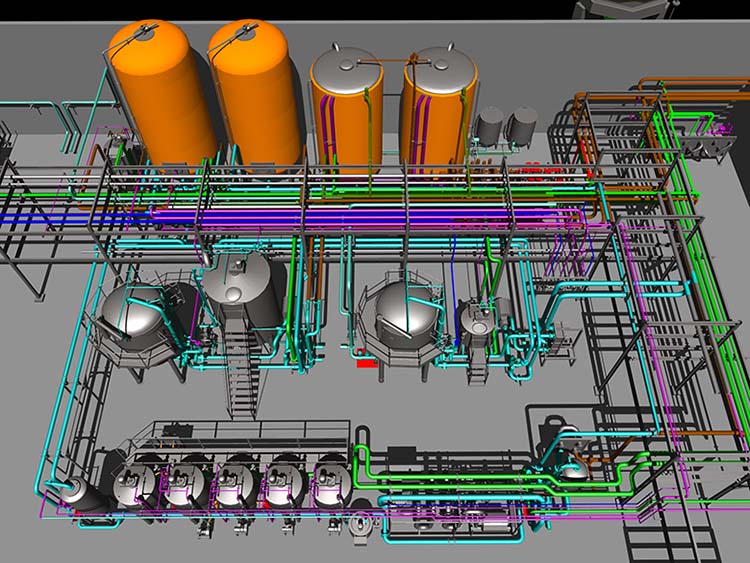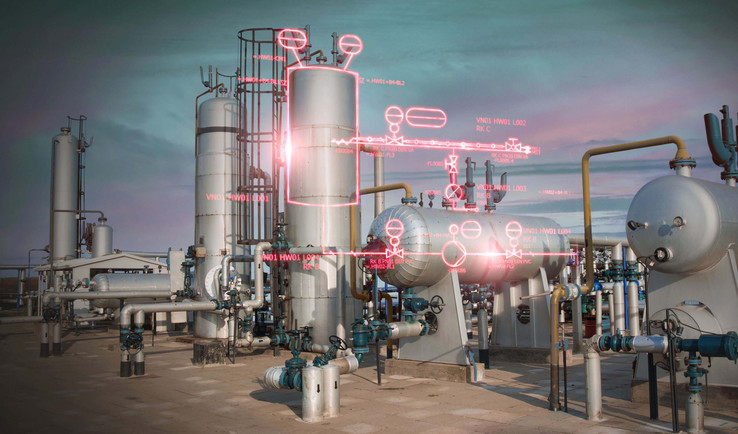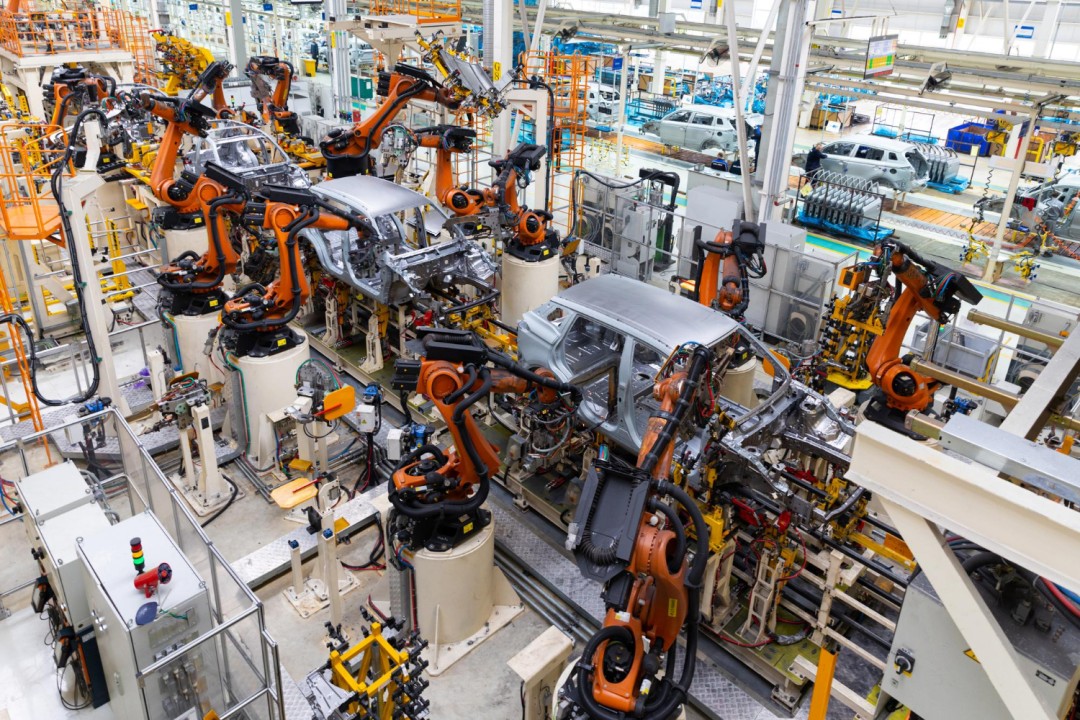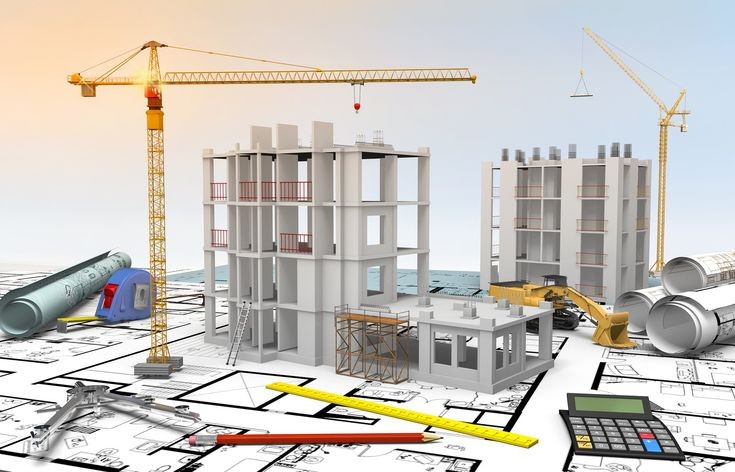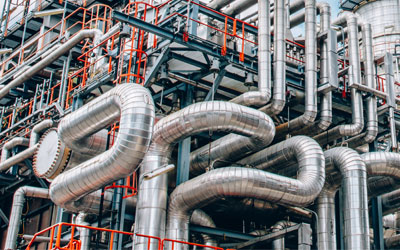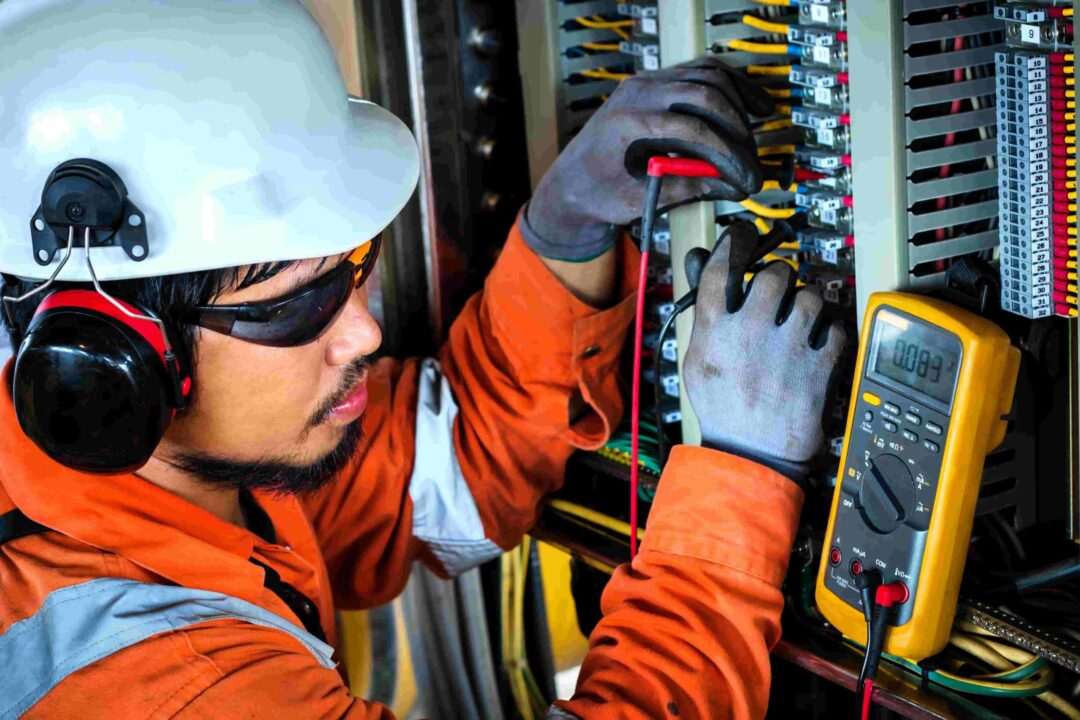Greenfield projects refer to developments that take place on previously undeveloped land. This offers significant opportunities, but also presents unique challenges that require a collaborative approach from engineers and consultants. From planning and design to construction and beyond, professionals in various engineering disciplines and consulting fields play a vital role in ensuring the project's success.
1. Feasibility & Planning
Feasibility Studies: Consultants begin by evaluating the site's viability through detailed feasibility studies. This involves analyzing market demand, legal constraints, and environmental factors to ensure the project is economically viable and sustainable in the long term.
Land Use & Zoning: Urban planning consultants assess zoning laws and land-use regulations to determine how the land can be developed. They ensure that the Greenfield site aligns with local development goals, and help secure necessary permits.
2. Environmental Impact & Sustainability
Environmental Impact Assessments (EIA): Environmental consultants conduct thorough impact assessments to evaluate how development will affect local ecosystems, water quality, and biodiversity. This process helps identify mitigation strategies to minimize ecological damage and complies with environmental regulations.
Sustainable Design: Sustainability consultants ensure that the development is environmentally responsible. They may recommend energy-efficient designs, the use of renewable energy sources (solar, wind), and green building materials to reduce carbon footprints.
3. Engineering Design & Development
Civil Engineering: Civil engineers design the core infrastructure of the site, including roads, bridges, drainage systems, utilities, and transportation networks. They also focus on ensuring that the site is prepared for future construction by analyzing soil stability and determining proper grading.
Geotechnical Engineering: Geotechnical engineers assess the land's soil composition and stability to ensure the site can support the intended structures. They conduct soil tests and help design foundations that are safe and sustainable.
4. Regulatory Compliance and Permitting
Geotechnical Engineering: Geotechnical engineers assess the land's soil composition and stability to ensure the site can support the intended structures. They conduct soil tests and help design foundations that are safe and sustainable.
Civil Engineering: Civil engineers design the core infrastructure of the site, including roads, bridges, drainage systems, utilities, and transportation networks. They also focus on ensuring that the site is prepared for future construction by analyzing soil stability and determining proper grading.
